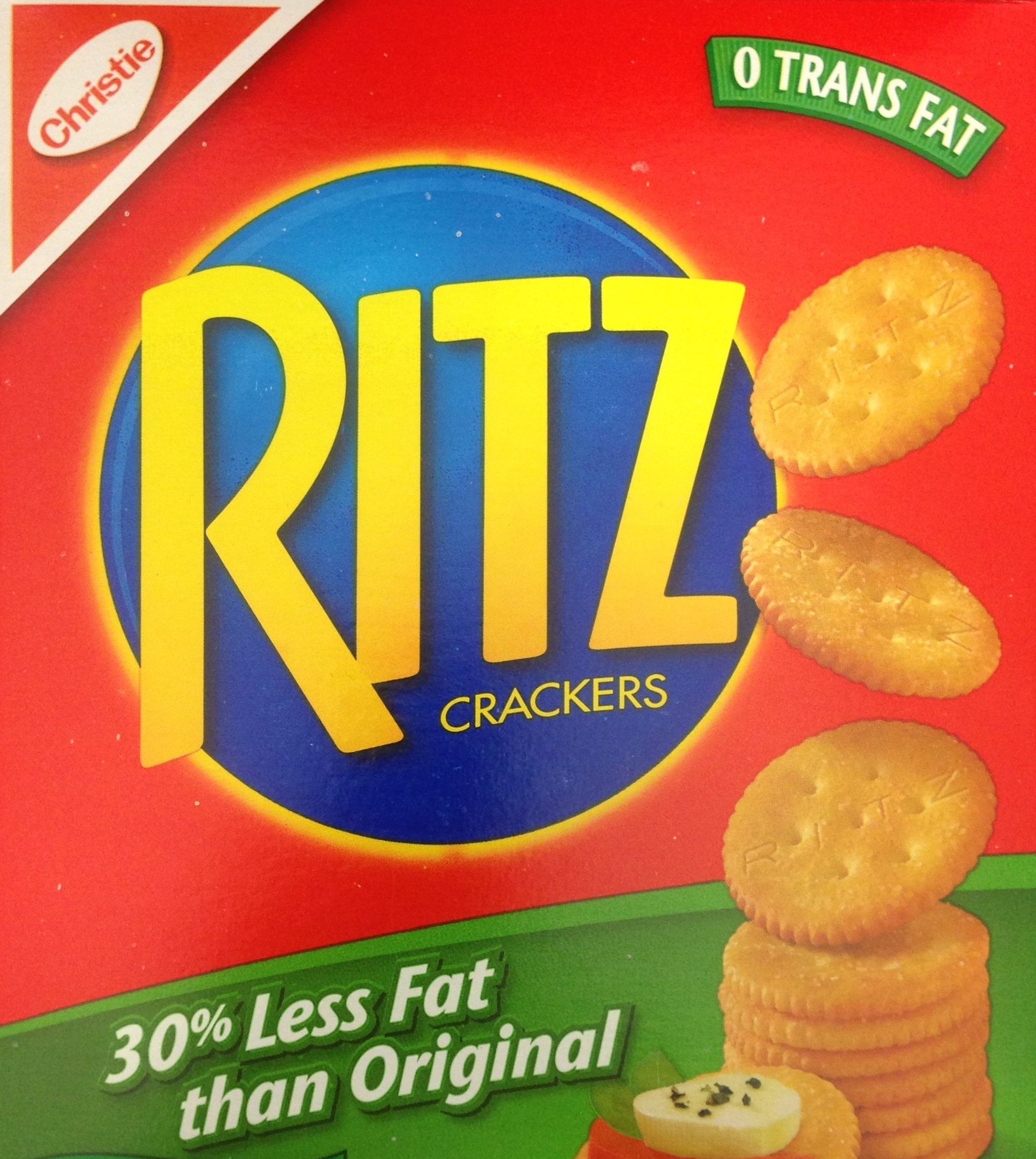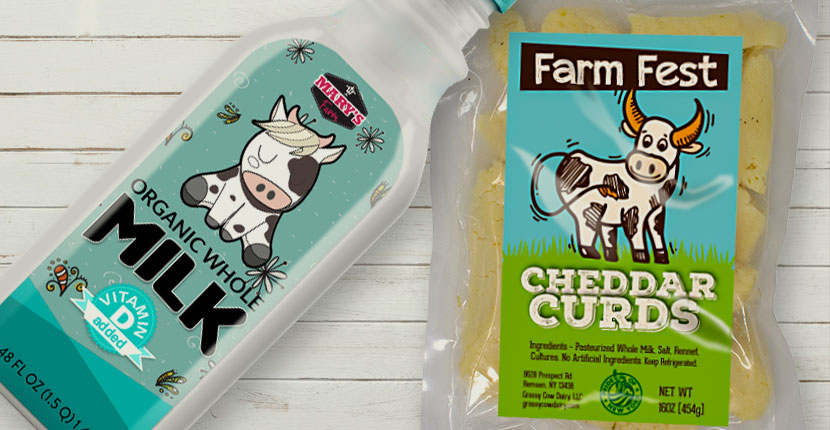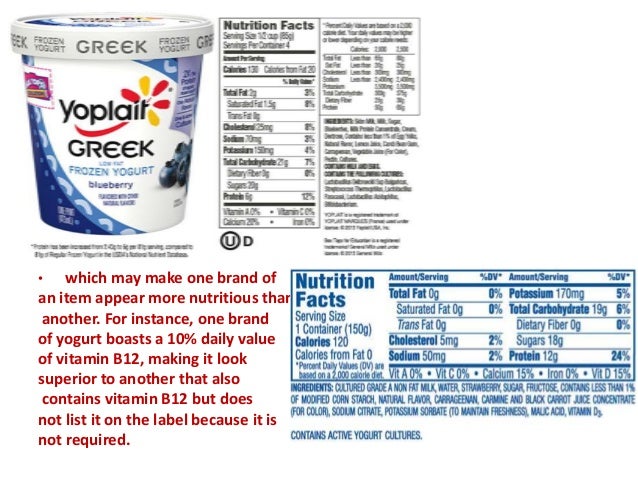40 nutrient content claims on food labels
Nutrition content claims and health claims - Food Standards If you have concerns about a nutrition content or health claim on a particular food in Australia, contact your state or territory health agency or department. Complaints about nutrition content and health claims in New Zealand should be directed to the Ministry for Primary Industries. In addition, fair trading laws in Australia and New Zealand require that labels do not misinform through false, misleading or deceptive representations. Label Claims for Food & Dietary Supplements | FDA Among the claims that can be used on food and dietary supplement labels are three categories of claims that are defined by statute and/or FDA regulations: health claims, nutrient content claims ...
Food labelling and packaging: Nutrition, health claims and ... Nutrition, health claims and supplement labelling Nutrition labelling You must follow nutrition labelling information rules for all pre-packed products unless both of the following apply: you're a...

Nutrient content claims on food labels
Nutrient Claims on Food Labels - Truly Good Foods Nutrient Claims on Food Labels July 19, 2018 Nutrient claims describe the content of a food, including the amount of nutrients, calories, cholesterol or fiber, but not in exact amounts. Usually on the front of the food label, the nutrient claim provides a quick comparison between similar products. Nutrition and health claims on labels and in food advertising The majority of nutrition claims are subject to conditions, which consist of minimum or maximum values per 100 g, 100 ml or 100 kcal of the food. For example, the claim "fat free" is only allowed ... The Effects of Nutrition Knowledge on Food Label Use: A ... Typically, food label use studies focus on nutrition labels; however, ingredient lists and health/nutrient claims also play important roles in conveying the products' diet and health information to consumers and, for this reason, are regulated in the US by the Food and Drug Administration (FDA).
Nutrient content claims on food labels. Protein Label - LabelCalc To have a nutrient content claim of a food being a "Good Source of Protein" the food must contain 10-19% of the DV per RACC, or 5 to 9.5g of protein per RACC. If you would like to have your food product touted as having "more protein" than a referenced food, your product must have 10% more of the DV per RACC than the referenced food. When deciding which nutrient content claims you are eligible to use, it's important to use accurate recipes. LabelCalc's online database analysis ... 5 Understanding Food Labels and Health Claims - Maricopa This label is called a Nutrition Facts panel, which gives information on the number of servings per container, the number of calories per serving, and certain nutrients. Specifically, it lists the macronutrients and four of the most important micronutrients people need to pay special attention to, such as Vitamin D, Calcium, Iron, and potassium. Nutrient Content Claim vs Health Claim - LabelCalc Nutrient content claims, which are commonly used on food labels, either refer to the amount of a nutrient in a product or compare the levels of a nutrient in that food to a similar reference food. When referring to the amount of a nutrient in a product, words such as "low," "free," and "high" are often used. Nutrient content claims: what they mean - Canada.ca The food provides at least 50% less of the added nutrient: Sodium/salt: At least 50% less added sodium than the food to which it is compared Footnote * No added Without added: The food has none of the nutrient added to it: Fat: Contains no added fats or oils or added butter or ghee, or ingredients that contain added fats or oils, or butter or ghee: Sugar
Nutrition claims - Food Safety A claim that a food is high in omega-3 fatty acids, and any claim likely to have the same meaning for the consumer, may only be made where the product contains at least 0,6 g alpha-linolenic acid per 100 g and per 100 kcal, or at least 80 mg of the sum of eicosapentaenoic acid and docosahexaenoic acid per 100 g and per 100 kcal. Nutrient Content Claims | FDA Final Rule: Food Labeling: Nutrient Content Claims; Alpha-Linolenic Acid, Eicosapentaenoic Acid, and Docosahexaenoic Acid Omega-3 Fatty Acids April 2014. Guidance for Industry: A Food Labeling ... Nutrient Claims And Health Claims On Food Labels - Magoda ... Understanding Nutrition Labels And Nutrient Content Claims. When an ingredients label makes a nutrient content claim, the data behind the claim must be validated by the Food and Drug Administration (FDA). Nutrition claims must also fall within certain guidelines set out by the Nutrition Labeling and Education Act of 1990. What is the definition of a nutrient claim? What is the purpose of nutrient claims on food labels? "Nutrient content claims" are used for two purposes: To describe the level of a nutrient in the product using terms such as free, high, and low or. To compare the level of a nutrient in a food to another food using terms such as more, reduced, and lite.
Nutrition and Labelling | CODEXALIMENTARIUS FAO-WHO Codex provides guidance on the compositional requirements of foods so that they are nutritionally safe. Codex also provides guidance on general labelling of foods and the health or nutrient claims producers make on labels, with terms such as "low fat", "high fat" etc. Codex guidance ensures that consumers understand what they are buying and that "it is what it says it is". Regulating health claims on food labels using nutrient ... Objective: Proposed Australian regulation of claims on food labels includes requirements for products carrying a health claim to meet nutrient profiling criteria. This would not apply to nutrition content claims. The present study investigated the number and healthiness of products carrying claims and the impact of the proposed regulation. Nutrition claims - Canada.ca There are two types of nutrition claims on foods: nutrient content claims and health claims. These claims must also follow certain rules from Health Canada to make sure that they are consistent and not misleading. These claims are optional and may be found on some food products. Nutrient content claims describe the amount of a nutrient in a food. Nutrition labelling | Food Standards Agency amounts of fat, saturates, carbohydrate, sugars, protein and salt The content of the mandatory nutrition declaration can be supplemented with an indication of the amounts of one or more of the...
Nutrition content and health claims - Obesity Evidence Hub Nutrient content claims on food labels. Nutrient content claims such as 'low in fat' or 'good source of calcium' must meet certain criteria set out in the Food Standards Code 2 - for example a product claimed to be a 'good source of calcium' must contain at least the amount of calcium specified in the Code. 1 Nutrition content ...
Nutrition and Health Claims in Food Labelling - EUFIC However, the high level of this nutrient must be clearly marked on the label, close to and with the same prominence as the claim. If two or more of the nutrients exceed the limit, no nutritional claim can be made. References. Aggett PJ, et al. (2005) PASSCLAIM Process for the Assessment of Scientific Support for Claims on Foods: Consensus on ...
Label Claims for Conventional Foods and Dietary Supplements Nutrient Content Claims The Nutrition Labeling and Education Act of 1990 (NLEA) permits the use of label claims that characterize the level of a nutrient in a food (i.e., nutrient content claims)...
Assessing nutrition and other claims on food labels: a ... Claims related to nutrients of public health priority, such as sugars and sodium, were not commonly used on food labels. Monitoring trends in the use of nutrition and other claims is essential to determine if their use on food labels reflects public health objectives, or instead are being used as marketing tools. Keywords:
Nutrient Content - an overview | ScienceDirect Topics A nutrient content claim either expressly or implicitly characterizes the level of a nutrient in a product (e.g., "high in vitamin C" or "low in sodium"). In general, nutrient content claims cannot be used in food labeling unless the claim is made in accordance with existing FDA regulations or an authoritative statement by a scientific body.
Nutrition, health and related claims - Food Standards Standard 1.2.7 - Nutrition, health and related claims in the Food Standards Code (the Code) set out requirements for making nutrition content and health claims about food. Find out more about the Standard and the different types of claims. The Implementation Subcommittee for Food Regulation (ISFR) has guidance on how to comply with Standard 1.2.7.
Understanding Food Labels | The Nutrition Source | Harvard ... Under the Food Allergen Labeling and Consumer Protection Act of 2004, eight major food allergens—milk, fish, tree nuts, peanuts, shellfish, wheat, eggs, and soybeans—are required to be listed in a "contains" statement near the Ingredients list if present in a food. An example would be "contains wheat, milk, and soy."
Nutrition labelling - Food Safety Which nutrition information is mandatory on food labels? As from December 2016, Regulation (EU) No 1169/2011 requires the vast majority of pre-packed foods to bear a nutrition declaration. It must provide the energy value and the amounts of fat, saturates, carbohydrate, sugars, protein and salt of the food.





Post a Comment for "40 nutrient content claims on food labels"